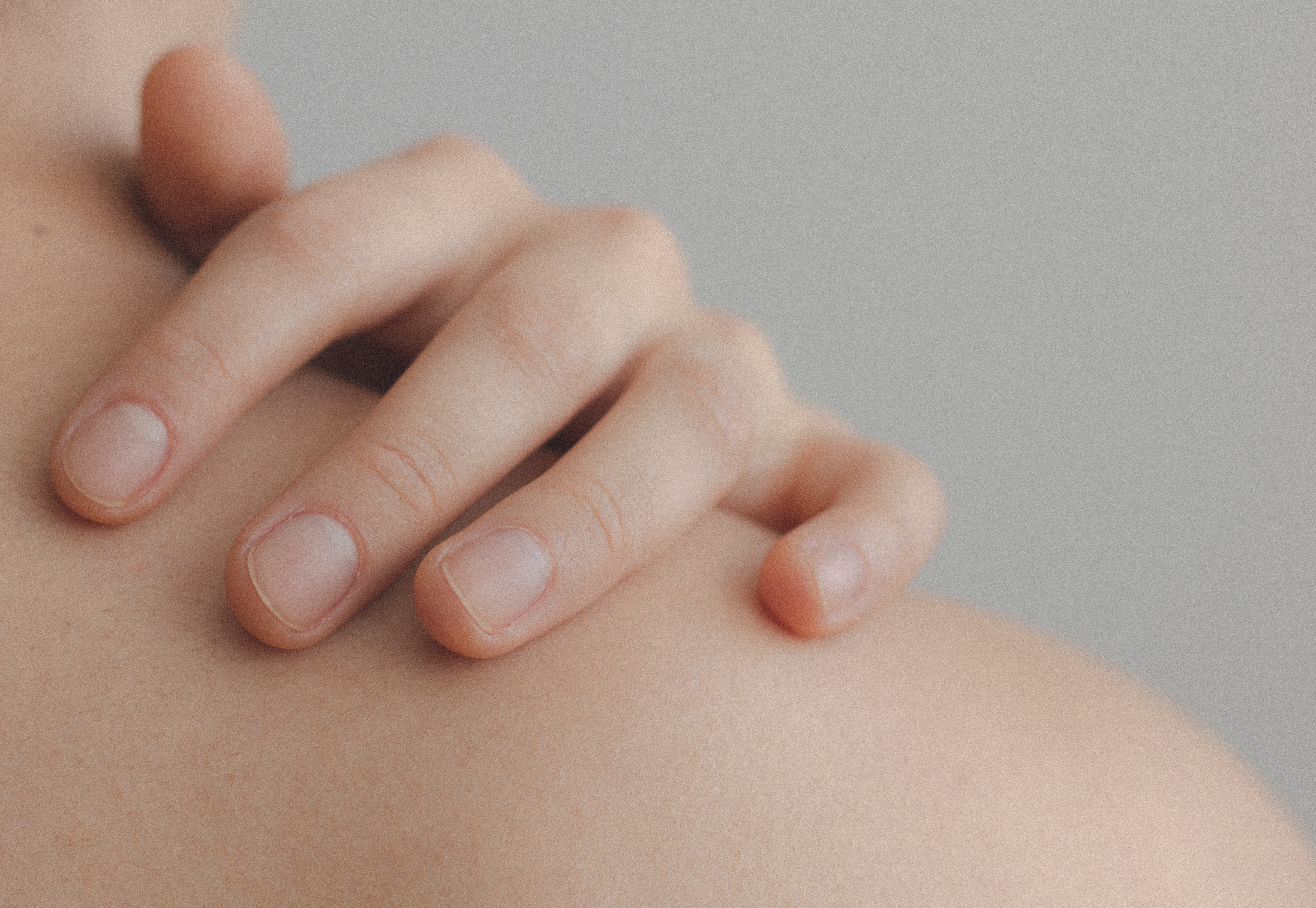
Take this skin quiz to find the best ingredients for your skin and build your skin care routine.
Take The Skin Quiz
Castile soap is a vegan soap made from vegetable oils, as opposed to animal fats. Physically, it is hard and white, and is traditionally made using olive oil and soda. It is gentle on the skin, and the lack of animal fats means it’s a vegan-friendly skin cleanser. Castile soap is so mild, it is often found in all-natural baby soaps and baby skincare products.
Castile soap is a great cleanser for sensitive skin, as it is a gentle and mild ingredient. It is also a great option for those seeking vegan-friendly ingredients.
Castile soap has natural antibacterial properties. The oils found in castile soap penetrate pores to thoroughly clean without over-drying skin.
Additionally, the bar form of castile soap retains some of the natural oils from which it is made and is blended with other beneficial oils. Plant oils rich in monounsaturated fatty acids replenish moisture in the skin, helping to hydrate, smooth, and soothe dry, irritated skin.
Lastly, oleocanthal is a component found in the olive oil from which castile soap is made. Oleocanthal has been shown to have anti-inflammatory effects, reducing the redness and irritation associated with skin concerns like eczema.
One drawback of using it is that it may be a little too mild. While great for removing makeup and superficial dirt, castile soap may not be strong enough to kill the full array of bacteria or fungal infections trapped within pores.
Some users have reported a tight feeling to their skin after using castile soap, and some have noted an overproduction of oil later in the day with certain concentrations of castile.
Castile soap is more alkaline than most dermatologists recommend for acne-prone skin, but in the proper routine and combination with other ingredients (like a proper exfoliant), many people have found castile soap to improve their acne.
For skin problems like acne, clogged pores, wrinkle prevention, your face wash should contain exfoliating ingredients to exfoliate dead skin, so using castile soap alone will not fully address your skincare goals. Additionally, to avoid stripping your skin’s natural protective barrier with regular use of castile soap, you’ll want to balance it with nourishing ingredients and skin-loving oils to nourish the skin.
To make sure castile soap is the right ingredient, in the right concentration, for your particular skin type and skincare needs, take our skin quiz!
Age spots on your skin is known as hyperpigmentation, dark spots, or liver spots. There are several reasons you might experience hyperpigmentation, but those we are referring to here are those that are caused by acne scarring or sun exposure. Age spots are most common on the face, the shoulders, and the back. There are some age spots that might appear as a side effect of certain medications. Age spots are typically harmless, but we always recommend conferring with your dermatologist if you’re experiencing a larger-than-usual area of age spots, or if they are changing in color, thickness, or appearance in any way.
To prevent age spots, it’s best to moisturize daily and wear sunscreen. Additionally, antioxidants protect the skin from free radicals that damage cells and speed up aging. Ingredients and nutrients like vitamin C, acai oil, jojoba oil, alpha-lipoic acid, green tea extract, retinol/vitamin A, coenzyme Q10, caffeine, alpha-hydroxy acid and salicylic acid are all beneficial for preventing and reducing age spots. Hydrolyzed is also good for restoring the overall vitality of the skin.
Castile soap may be effective for age spots, but there are many other factors that may affect whether this ingredient would work on your skin or if there are better ingredients that may work for you. Take this skin quiz to find the best ingredients for your skin and build your skincare routine.
Next: Does Castile soap work on bumpy skin ?